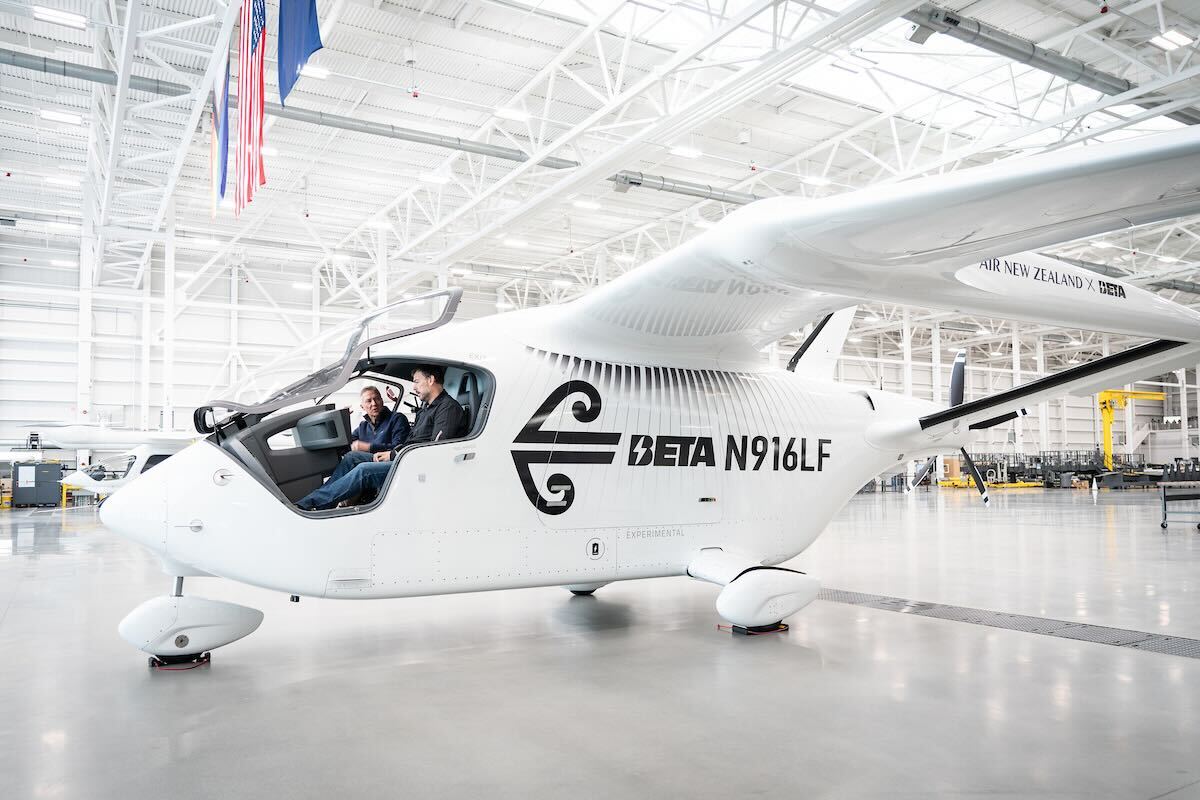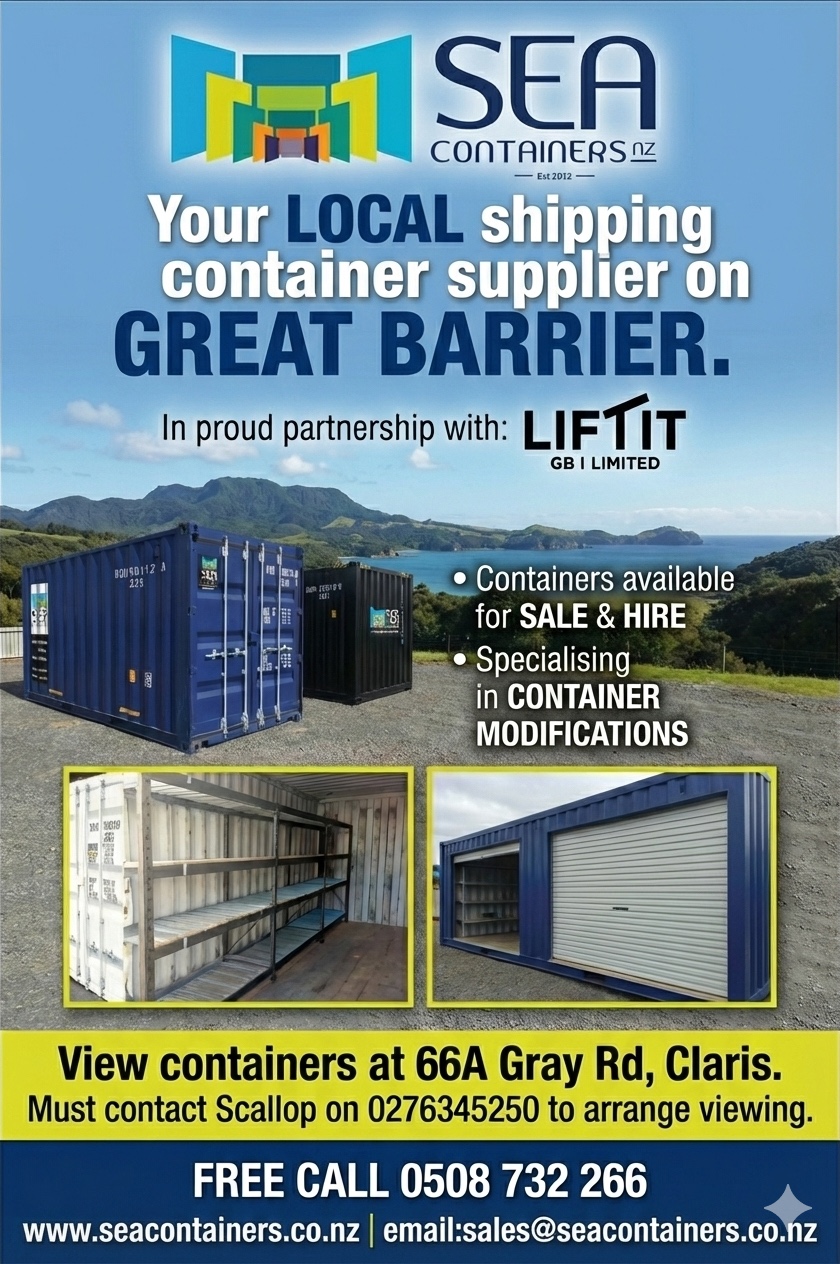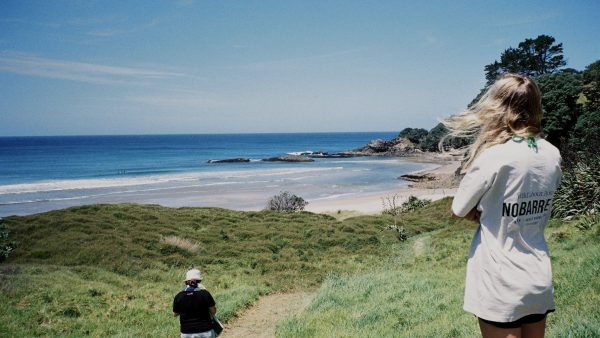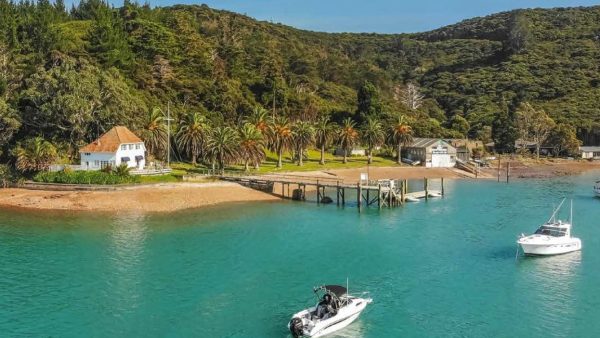A battery-powered aircraft has made its first flight in New Zealand, offering a glimpse of what the future of island and regional air travel could look like as ticket prices continue to climb.
The Beta Alia CX300, built in Vermont by United States manufacturer Beta Technologies, flew in Tauranga this week before heading to Hamilton, where it will be based for a four-month test programme. The aircraft arrived in the country last week and was blessed at a sunrise ceremony before taking off for its first local flight.
Air New Zealand has leased the aircraft for a technical demonstrator programme that will test how the battery-powered design performs in New Zealand conditions. The airline says the trials will also allow partners and regulators to understand how the new technology can be integrated into existing systems.
“It’s also an opportunity for New Zealanders to see battery-electric aviation technology up close,” Air New Zealand said.
When in Hamilton, the airline and Beta Technologies will carry out flights in a range of conditions and altitudes before shifting to Wellington in December, where the aircraft will complete flights across Cook Strait to Blenheim.
Beta Technologies director of flight operations Chris Caputo said the milestone marked “the powerful intersection of pragmatic design and operational innovation”.
“We built the Alia CX300 on a foundation of simplicity to ensure a fast, safe, and efficient path to commercial service,” he said. “With this collaboration, Air New Zealand is creating an operational blueprint for operators worldwide who are serious about unlocking low-cost, sustainable connectivity for regional communities.”
The Alia CX300 can carry two crew and about 544 kilograms of cargo, with a range of nearly 400 kilometres.
The test flights come as regional airlines struggle with rising costs and shrinking margins. Last month the Government announced a $30 million emergency fund of concessionary loans to keep smaller airlines afloat, following years of increasing maintenance, fuel and compliance costs. Air New Zealand and Air Chathams also signed an interline agreement aimed at improving regional connectivity and simplifying bookings.
Barrier Air chief executive Grant Bacon said the funding was welcome but warned that cost pressures remain severe.
“A part that used to cost $20,000 USD is now costing $100,000 USD,” he said. “These are not parts that we are replacing because they have failed or because it is best practice. These are parts that must be replaced at calendar intervals — every 18 months say. Barrier Air would spend at least $3 million a year just on aircraft parts and maintenance. This is something that we refuse to scrimp on as we have developed a very safe airline and there is no option but to continue on this trajectory where safety comes first.”
For Great Barrier Island, where return flights between Auckland and Claris now typically cost up to $600 — roughly double what passengers were paying five years ago — the arrival of electric aircraft technology could eventually offer relief.
Electric propulsion systems require far less maintenance than piston or jet engines, and with no reliance on aviation fuel, operating costs are expected to fall sharply once certified commercial aircraft enter service.
While passenger flights are still several years away, Air New Zealand says the technology offers a pathway toward a new generation of point-to-point travel that could make short regional routes cleaner, quieter and, in time, cheaper.







